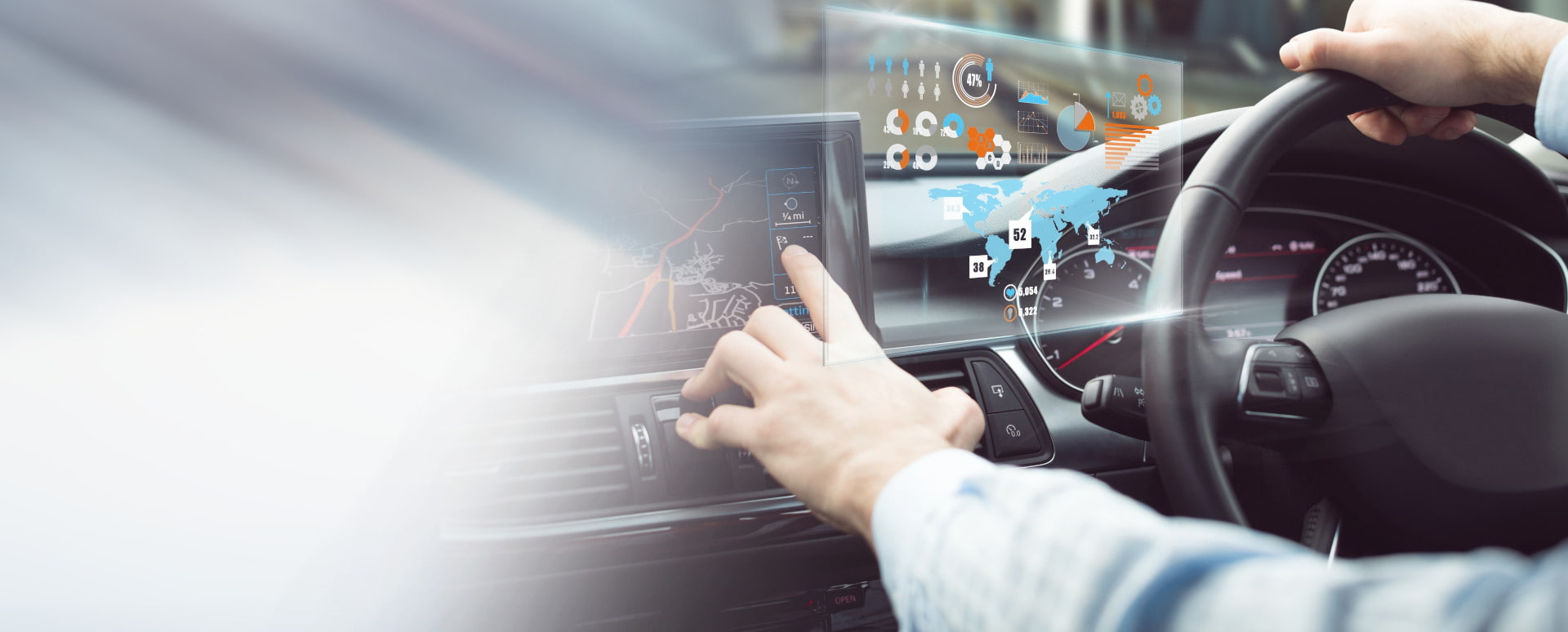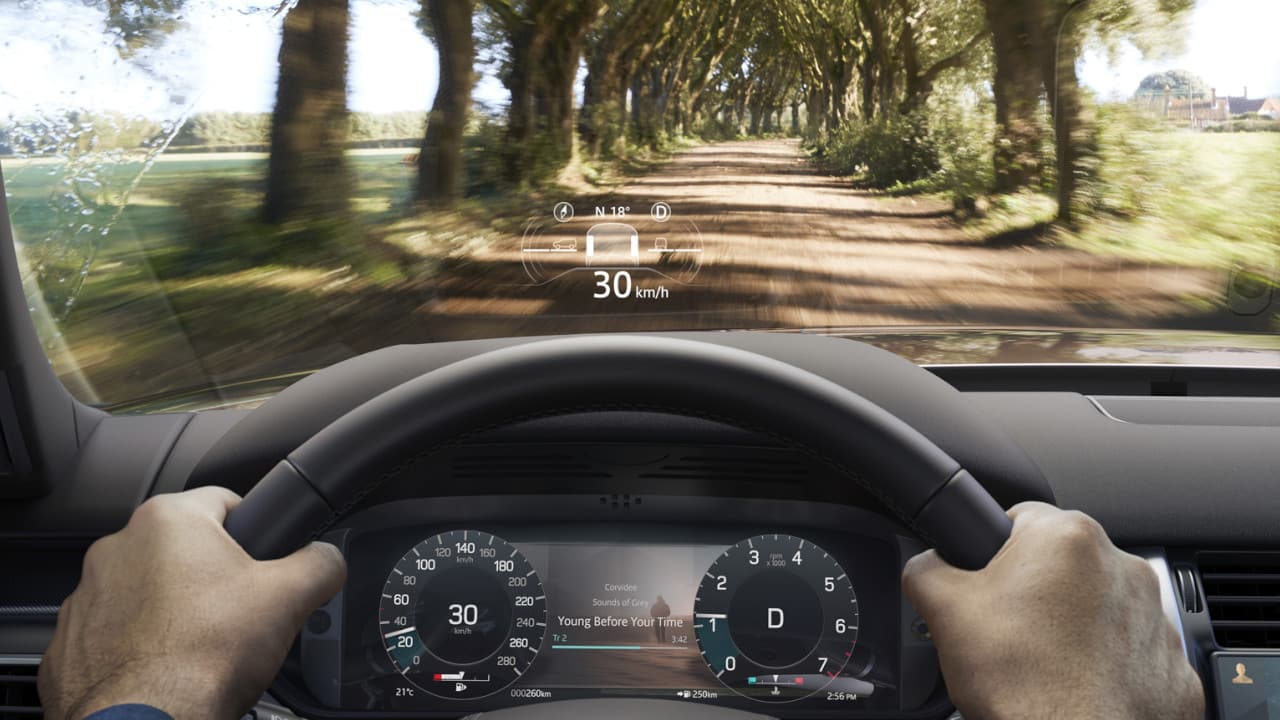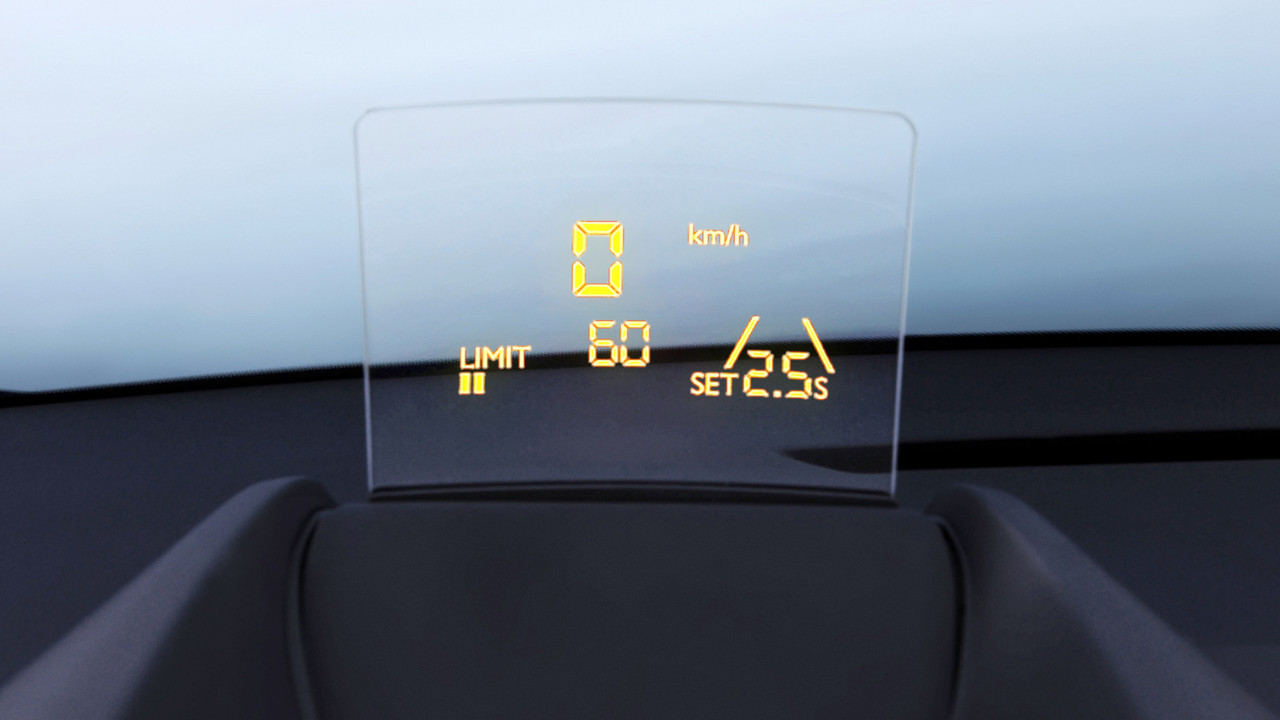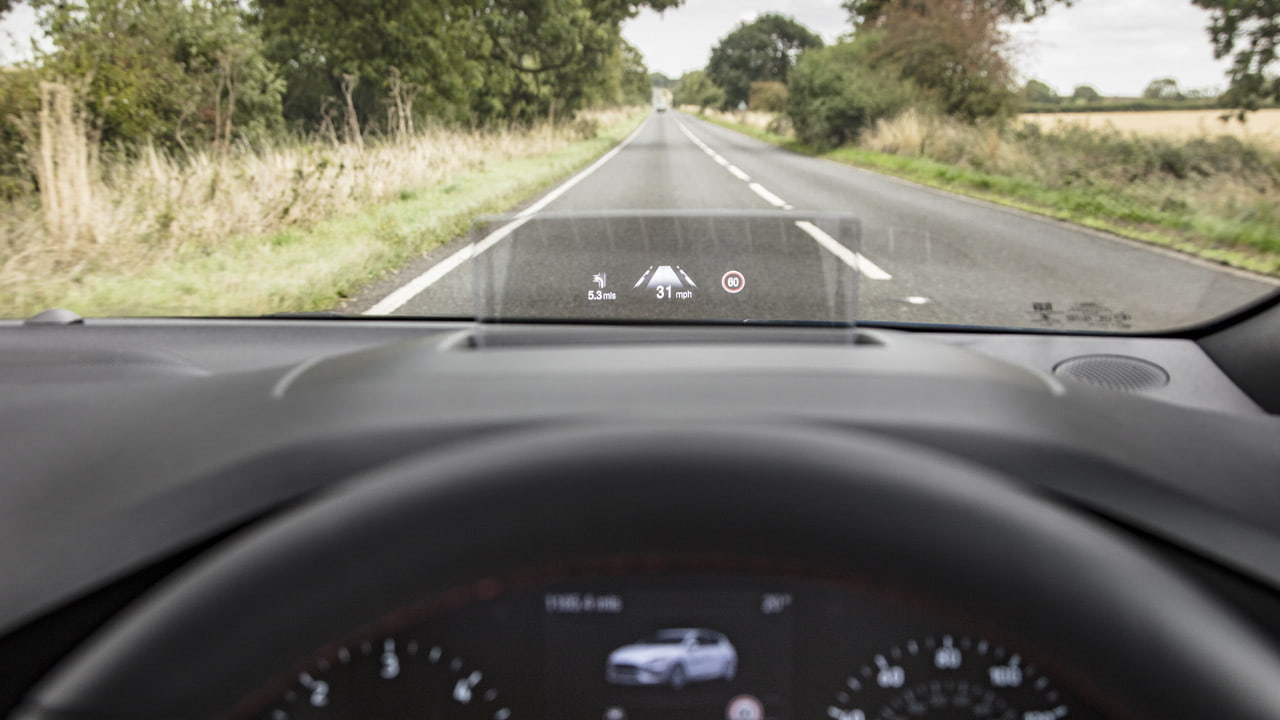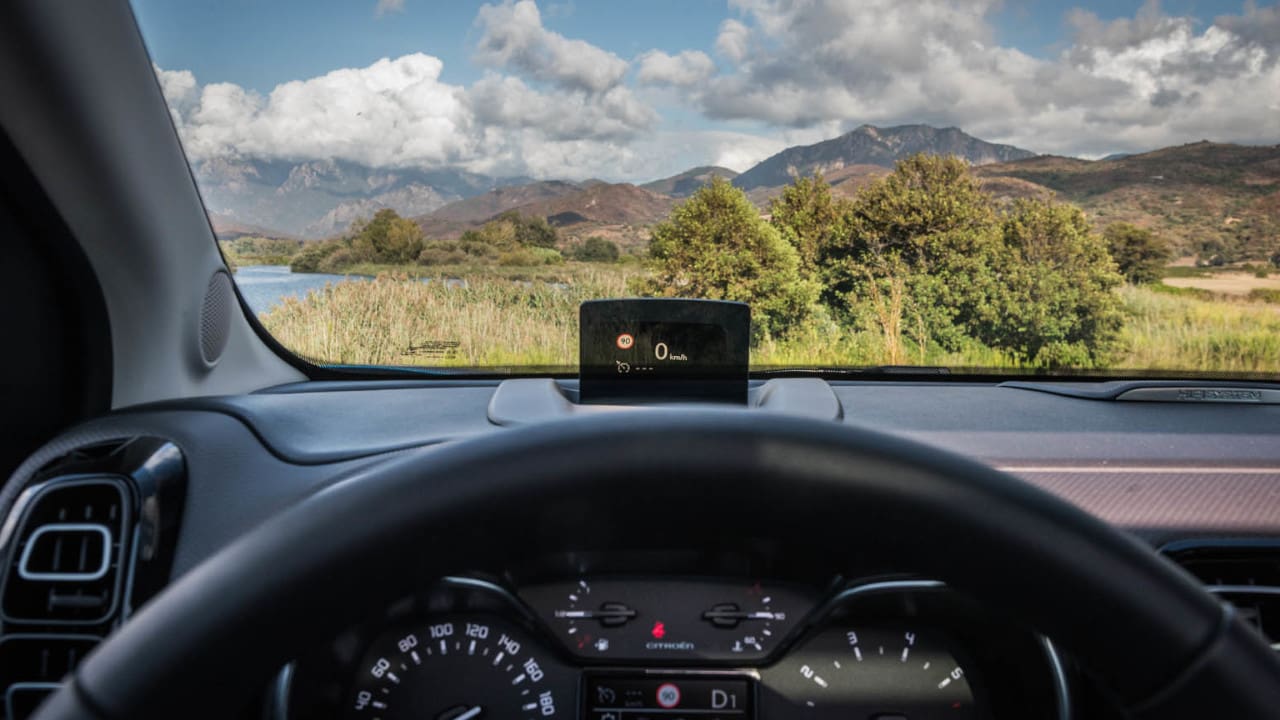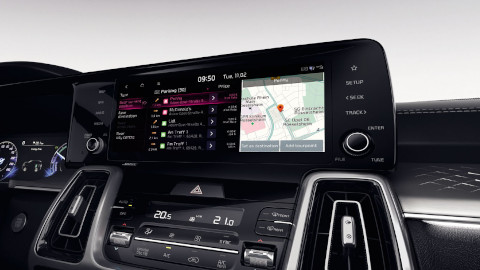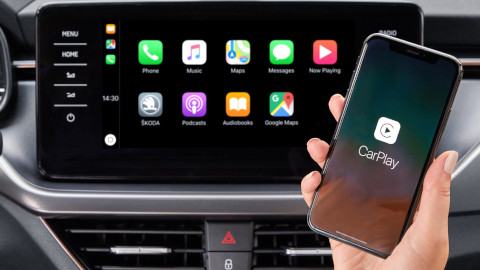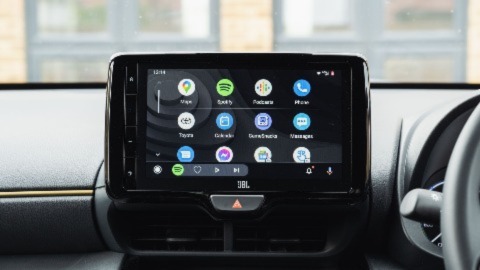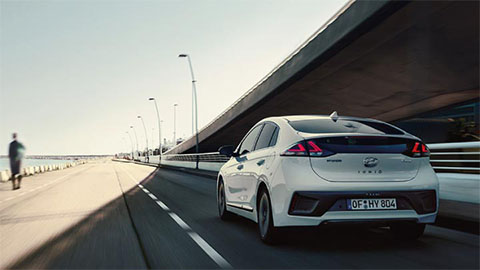What is a head-up display (HUD)?
In-car technology has come a long way in recent years, and the head-up display (HUD) has made a noticeable impact since its first introduction in the 1980s. Since then, this innovation has grown by leaps and bounds, now bringing crucial information right into your line of sight while driving.
The HUD allows users to effortlessly access their speed, navigation directions, and alerts without ever having to look away from the road, combining advanced optics with a user-friendly design to make driving safer and more convenient.
In our detailed guide, we'll be taking you through the ins and outs of the head-up display, including how the display works, its pros and cons, and what information can be accessed through the system.
- How does a head-up display work?
- What information does a head-up display show?
- What are the advantages of a head-up display?
- What are the disadvantages of a head-up display?
How does a head-up display work?
How a HUD operates can vary slightly depending on the manufacturer, but the fundamental principle remains the same across systems. They're integrated directly into the vehicle's dashboard or windscreen and project essential information onto a transparent surface within the driver's line of sight.
While specifics may vary, the basic components include a projection system, optical elements, and a control interface. The projection system generates the display, which is then reflected onto the viewing surface using mirrors and lenses.
Drivers can typically customise the displayed information through an intuitive control interface. Despite slight variations, whether from Hyundai, Ford, Vauxhall, or other manufacturers, HUDs function similarly, enhancing safety and convenience for drivers.
What information does a head-up display show?
The exact information shown on a head-up display will vary depending on the car and manufacturer, but all HUDs will typically show the car's speed limit as a standard feature. The display may also show route guidance and time to destination if the car features a navigation system.
Many HUDs also display driver assistance systems like cruise control and lane keep assist as well as driving statistics and alerts such as fuel consumption, the road's speed limit, and engine warning lights.
What are the advantages of a head-up display?
Owning a car with a head-up display adds many benefits to the overall driving experience, such as:
- Enhanced Safety: By keeping vital information within the driver's line of sight, HUDs help reduce distractions and minimise the need to take eyes off the road, thereby enhancing safety.
- Improved Convenience: Displaying crucial data like speed, navigation instructions, and warnings directly in front of the driver enhances convenience, making it easier to stay informed while driving.
- Better Visibility: HUDs often adjust their brightness and contrast automatically based on ambient light conditions, ensuring optimal visibility in various lighting environments.
What are the disadvantages of a head-up display?
Where there are advantages, there may be some drawbacks for some drivers, including:
- Cost: Implementing HUD technology can add to the overall cost of a vehicle, making it less accessible to budget-conscious consumers.
- Dependency on Technology: HUDs rely on complex electronic systems, which can be susceptible to malfunctions or failures, potentially leading to disruptions in displaying critical information.
- Visibility Issues: While HUDs aim to improve visibility, certain factors such as glare or dirt on the windscreen can hinder the clarity of projected information.
Head-up displays (HUDs) explained
Technology is continually advancing in cars, and head-up displays (HUDs) offer a convenient way to enhance safety on the road. As more cars are equipped with these innovative systems, they serve as a focal point for crucial information without distracting drivers from the task at hand.
Whether you're in the market for a new or used vehicle with an integrated HUD or seeking to understand its functionalities better, we hope this guide has shed light on its benefits and operation.
For further insights and assistance in navigating in-car technology, don't hesitate to explore our blog section.

